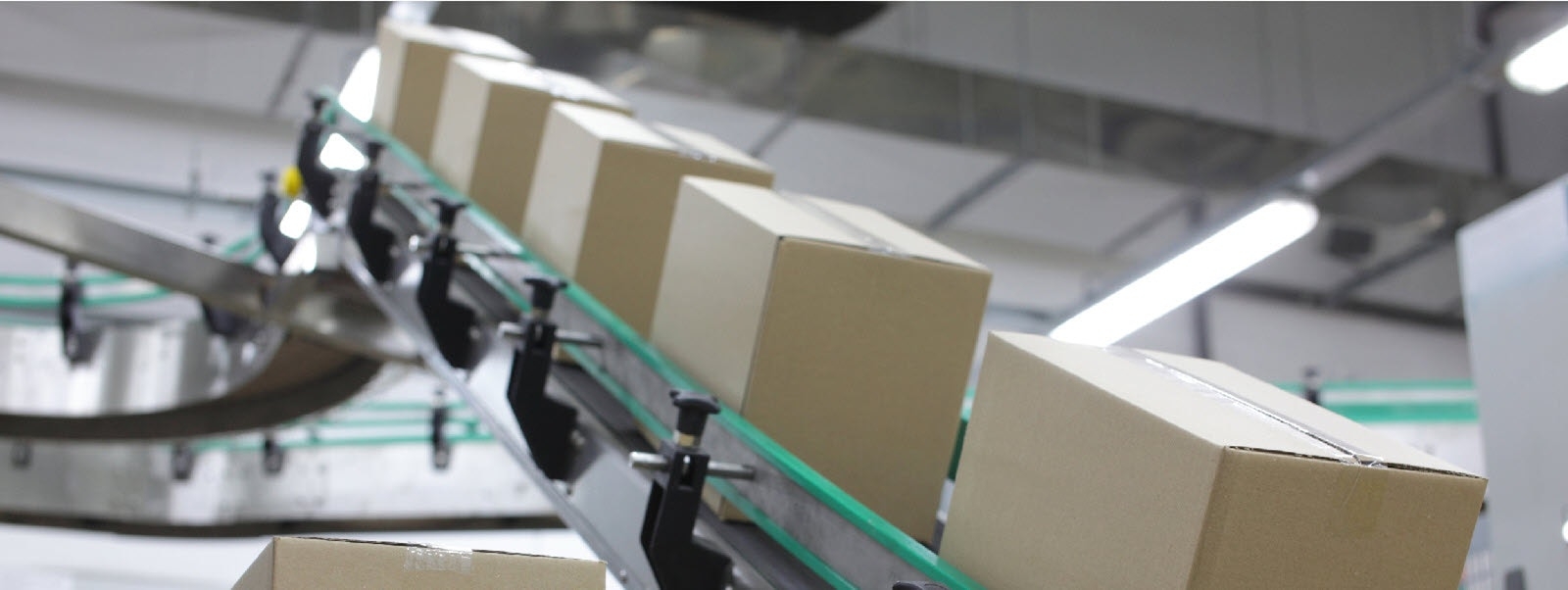By: Stefan Blank, Cornelius Herzog, and Michael Lierow
This article first appeared in the Postal and Parcel Technology International Magazine.
The global boom in e-commerce has generated millions of home deliveries a day, and double-digit percentage growth is keeping parcel companies busier than ever before. But growing pressures on their operations – from labor shortages to volatile volumes – have cut profitability.
The push for operational excellence by controlling costs better has only progressed incrementally over the last year. To keep up with the relentless demand from Amazon and other e-commerce giants, a step change in operations is necessary. This requires parcel companies to become much more agile to better control their operating costs. They also must recognize that the industry’s business model has changed, and with it, they must change their operations and technology accordingly.
OUT WITH THE OLD OPERATING MODELS
In the past, much of the parcel volumes were business-to-business: stable flows that operations in fixed networks could accommodate. E-commerce growth, however, is dynamic and volatile – volumes have been growing at a double-digit pace for many years.
Shipments surge on certain days of the week and during seasonal peak periods. For example, Christmas shopping sends volumes up more than 300%, and other events – Black Friday and China’s Single’s Day in November, for example – cause similar spikes. Even during a typical week, volumes often fluctuate by as much as 30-40%.
The networks and operation models are relics from the old business-to-business days and cannot cope with those dynamics. They are heavily driven by fixed costs, and with every volume fluctuation the network begins to lose efficiency and operate sub-optimally.
But how can companies cope better with those challenges? One of the key goals must be to move from today’s ratio between fixed and variable cost of 70:30 to a ratio closer to 60:40. In this context, fixed costs for the parcel industry go beyond the typical investments in buildings, sorting machines and other capital equipment and involve more fungible assets.
For example, a linehaul truck connecting two depots every day that is only half-full for most of the trips becomes a fixed cost because there’s no planning tool to reassign the truck and funnel those parcels to a busier hub where they could be combined with other shipments.
CREATING DYNAMIC NETWORKS
A 21st century solution would be to adopt more advanced planning that incorporates artificial intelligence (AI) in operations. Don’t think of AI in terms of advanced black box algorithms, robots and automation that take workers’ jobs; it is rather a toolset for better and more agile planning that would enable parcel companies to better anticipate volumes and make corresponding adjustments to their use of depots, routes and personnel.
The very first step for the new operating model is to create proper forecasts of parcel volumes. Those forecasts must get far beyond what is done today. They need to be more granular than the simple daily network volume projections companies currently make.
They need to include origin-destination flow forecasts, shipment flows between cities, and delivery area forecasts that project how many parcels will be delivered in one city on a specific day. Advanced machine-learning models can push the boundaries of accuracy for such projections above 90%.
Advanced machine-learning models can push the boundaries of accuracy for such projections above 90%
Advanced forecasting does not prevent fluctuations in volume. But it does provide a variety of new opportunities to plan for them. With such forecasts, the network of depots and hubs can be configured differently according to the day of the week.
For instance, if the depot in one city is relatively quiet on Fridays, it might be closed for that one day, and parcels diverted to another depot close by. On busy days, a direct linehaul between two cities might be justified, and on slow days shipments could take an indirect route through a hub.
Sorting staff in the facilities can be deployed more efficiently, so that facility staffing matches the level of activity that day. Consequently, the overall full-time equivalent staffing level is different every day according to the volume forecast. The aim is not to reduce numbers of personnel or facilities, but to make workers and depots more productive.
LAST-MILE OPPORTUNITIES AND NEXT STEPS
The last mile of delivery is especially important, as it accounts often for more than 50% of the costs for shipping a parcel. Today, delivery routes are planned in a static way, with the same driver plowing the same area without deviation. Smart forecasts can help to re-plot routes every day to make the best use of available drivers and vans.
Tours, for example, can be designed for premium pricing with a certain percentage of the stops made on-demand during certain time slots requested by customers. This is particularly ideal for fresh foods and same-day deliveries.
To progressively improve the planning of these dynamic tours, self-learning algorithms are the tool of choice. They can acquire knowledge of where the good parking spots are and how much time is needed per stop, while also estimating the impact of traffic congestion.
Given the intense competition and high costs to adopt 21st century technologies, pressure on profitability is expected to remain high. While the recently announced price increases will help with margins in the short term, any new efficiencies uncovered by rivals will force prices down again. Early pilot projects have shown that new AI planning technologies can yield cost improvements of anywhere from 2-5%.
This is not to say companies should run out and incorporate AI into every aspect of their operations overnight. For most, a move to 21st century solutions should be attempted incrementally and then expanded over time to the rest of the network.
The key is not to wait for the perfect out-of-the-box solution because if you do, it is likely your competition may leave you in the dust.




